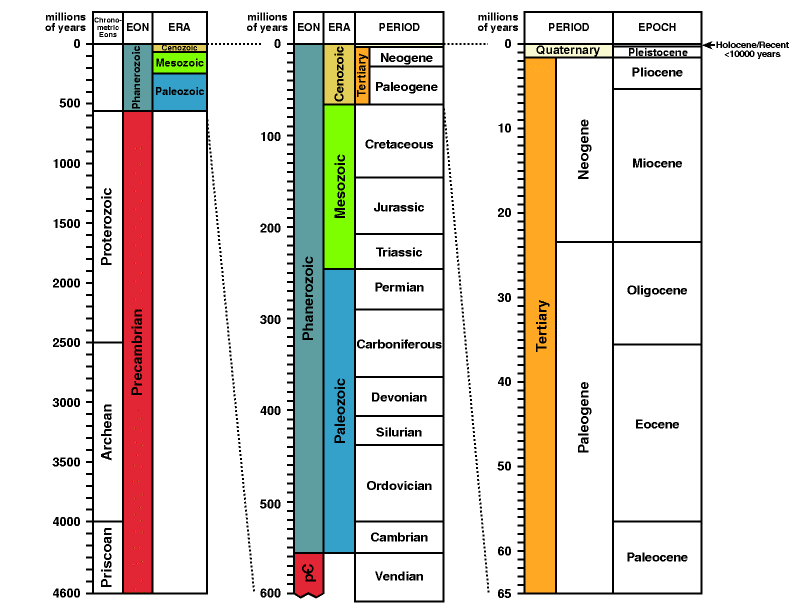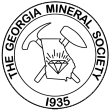GEOLOGIC NAMES
by
Greg McGill
As published on the Original GMS Website
Maybe you have wondered where geologists get the names of formations and geologic ages. It's not very puzzling at all, it was done to honor some now-forgotten pioneer in the early days of geology. Here is a brief rundown.
Cambrian comes from the name of an ancient Welsh tribe and was named by Adam Sedgwick & Patrick Murchison in 1835.
Silurian comes from another Welsh tribe and was named by Sedgwick and Murchison in 1835.
Ordovician comes from yet another Welsh tribe but was named by Charles Lapworth in 1879 to cover the interval between Cambrian and Silurian.
Devonian comes from Devonshire where the distinctive fauna were first studied. This was jointly named by Murchison and Sedgwick in 1840.
Carboniferous means "coal-bearing" and was named for the strata in north-central England that contained coal. The name was given in 1822 by William Coneybeare and William Phillips.
Mississippian and Pennsylvanian refer to the lower and upper Carboniferous respectively. These names are not used outside America and have only been recognized by the USGS since 1954.
Permian is named after the province of Perm in Russia. Murchison suggested the name in 1841.
Triassic refers to the three-fold division seen in rocks of similar age. Fredrich von Alberti, an official in the German salt industry, suggested the name in 1834.
Jurassic was named after the Jura mountains in northern Switzerland by Alexander von Humbolt in 1795. Leopold von Buch, in 1839, redefined the strata and kept the name.
Cretaceous comes from the Latin for "chalk" and refers to the strata encircling the Paris Basin. Not all strata of this age contain chalk but Omalius d'Haloy did not know this in 1822.
Tertiary is a bit confusing. In 1760 Giovanni Arduino classified rocks into three main categories. His Tertiary category included "weakly consolidated stratified rocks usually containing numerous shells of marine origin" and volcanic rocks. The current constituent series Paleocene, Eocene, Oligocene, Miocene and Pliocene - have their type sections in France, so the Italian-given name is kept to honor Giovanni.
[from the Rockhound Roundup - 7/1

Copyright © Georgia Mineral Society, Inc.
